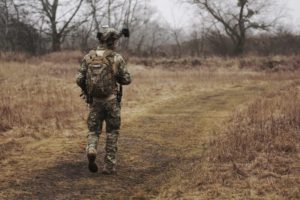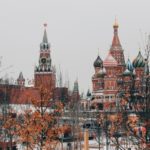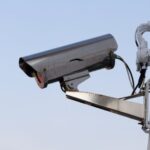Facial recognition technology played a pivotal role in identifying Wagner mercenaries who went missing following a deadly ambush by Tuareg rebels in Mali earlier this year.

The technology, combined with social media analysis and interviews with relatives, enabled the identification of 23 mercenaries presumed dead and two captured. The ambush took place during a sandstorm near Tinzaouaten in northeastern Mali, highlighting the vulnerabilities of Wagner’s operations in Africa, where Russian forces are supporting military juntas against separatists and extremist groups.
Reuters used facial recognition software to analyze battlefield footage and match images of missing fighters with online posts, confirming the identities of several individuals. The footage, posted by Tuareg rebels, provided critical visual evidence that helped cross-reference public data with personal information from relatives.
This marks a significant use of facial recognition in an active conflict, underscoring the technology’s growing role in modern warfare, both in identifying combatants and documenting casualties.
While Wagner has not publicly commented on the ambush, the use of facial recognition in this case illustrates both the technological advancements in identification and the ongoing concerns about privacy and surveillance in conflict zones.
The deployment of biometric technology in such contexts raises questions about its broader implications for warfare and human rights, particularly in regions where civilian populations may be vulnerable to its misuse.
In the early days of the war in Ukraine, the country’s Vice Prime Minister Mykhailo Fedorov confirmed that they were using Clearview AI’s facial recognition technology to identify fallen Russian soldiers during the ongoing conflict.
Clearview, which has access to over 2 billion images from the Russian social media platform VKontakte, allows Ukrainian authorities to match the dead to their identities and notify their families. The Ukrainian Ministry of Defense used this technology specifically for identifying Russian soldiers, leaving the task of identifying their own fallen soldiers to more traditional methods such as fingerprints and dental records.
Source: Reuters
–
September 19, 2024 – by Tony Bitzionis








Follow Us